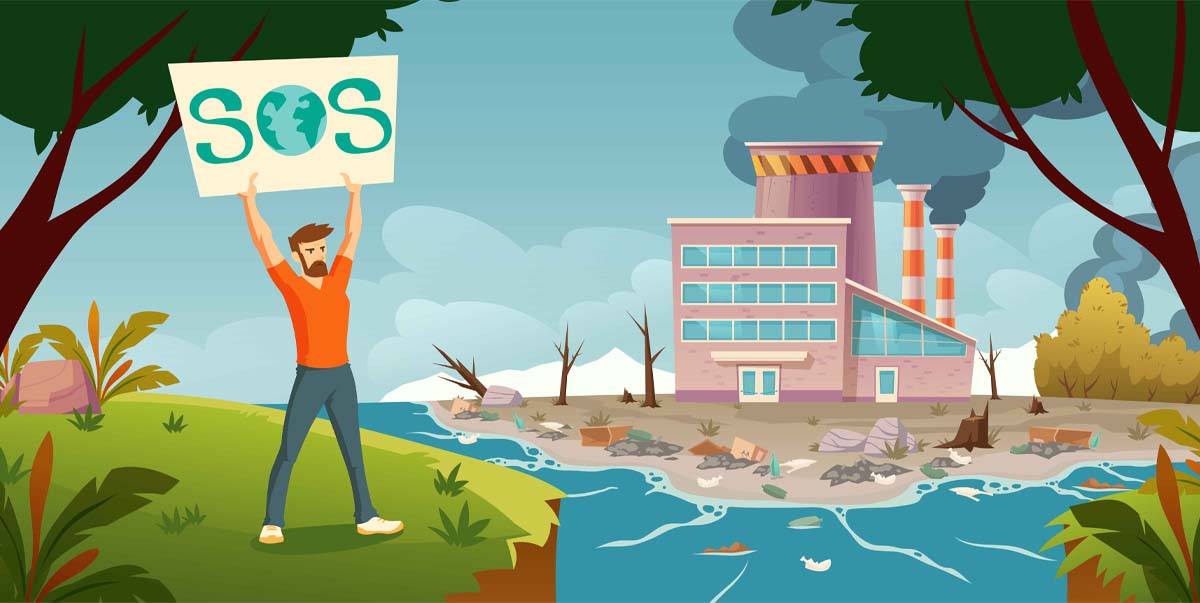The world is moving and developing by leaps and bounds. There are a number of measures to mark and note a country’s level of growth and development. In this fast materialist world each wishes to achieve new heights. Each nation wants to supersede others in terms of economic, social and political areas. There are numerical indicators related to the development of a country. GDP or Gross Domestic Product growth rate is one such indicator. It is calculated as the final value of goods and services produced within the geographic boundaries of a country. Usually the countries measure it by three methods; the output method, the expenditure method and the income method. Generally it’s thought that people need more money to make their lives happy. But does it really check the well being of citizens challenging situation. In reality it merely measures the size of a nation’s economy and hardly reflects a nation’s welfare.
It can be very misleading as it doesn’t relate to day to day realities of life. Such thoughts have given rise to indiscriminate use of resources. It has created a scene where resources are used irrationally. The need of the hour is also to think about real progress. Thinkers like Amartya Sen, Douglas North and Joseph Stiglitz have written their volumes on various indicators affecting the areas of basic human needs and opportunities to showcase the relative performance of nations. They have also felt the need for sustainable development of resources. They wish to see a judicious use of available resources, and they want to see it related to social and environmental aspects.
THE WORLD AND SDGs
2015 witnessed the initiation of a path breaking action called sustainable development goals (SDGs). The United Nations formulated 17 goals with 169 targets to be fulfilled. The world leaders came up with new ideas, it is about social growth, the social progress index which measures the social and environmental needs of citizens. Areas like health, shelter, sanitation, equality, inclusion, education, sustainability and personal freedom and safety are real variables to see the growth of any society.
In 2010 a group of global leaders under the guidance of professor Michael Porter and Harvard Business School and Scott Stern from Massachuttes institute of technology, formed the social progress imperative and created an index for approx 50 countries to check the social and environmental programmes. The social progress index works on four broad principles. The aim of the first social and environmental indicators is to enable and build a relationship with economic progress and not to check it in isolation. Secondly, the social progress index is outcome oriented. It speaks about how many people have actual access to the facilities. The third is to provide real results while implementing policies and programs, and the fourth is about being relevant with aims to create a framework for the holistic measurement of social progress.
AIMS
The ultimate aim is to remove poverty and protect the planet while future generations shall enjoy moments of peace and prosperity. But there are challenges. As all 230 indicators listed cannot be covered. A serious programme is required to achieve the targets. Also standardized tests are required to help the framework. The policymakers and researchers have to use these for the betterment of the society. Many countries are facing problems like India, where the poverty levels are declining, but the problems of nourishment and pollution is still a hindrance.
Also, a judicious use of biomedical waste, radiant heat for cooking, single use of plastics is needed to fulfil one of the goals related to climate action. A comprehensive and profound evaluation is needed to chalk out the plan of action in making SDGs a booming reality.
SOCIAL PROGRESS INDEX
The social progress index is advancing across the world. Since 2014, it has increased from 62.16 to 64.47. The world is understanding that quality of life matters. It’s becoming a new paradigm that SPI is a potential game changer. It’s getting connected with the new entrepreneurial ventures to see the world grow into a better, peaceful and more prosperous world. For it, all sections have to work together be it govt, business or civil societies and individuals. The social landscapes of the world need to be attended too. It’s heartening to see that each country wants to tread the path of holistic growth now. But the mad rush to use the resources has highlighted the judicious use of resources.
PROBLEMS
On route there have been problems too. The latest scores have gone up but they raise a few concerns too. The required rate is slow which has been addressed by Michael Green too. It’s up to countries like India and China to set the scales right. With huge population density these countries can play an influential role. The United Nations is trying to organise a number of summits so that the world doesn’t fall out on the agenda to be set by 2030.
FUTURE IMPACT
The social progress index will act as a compliment to other measures of progress. It will impact by offering the citizens of this world a better comprehensive picture of how society should develop. With it the societies will have better choices, they will have better manpower and shall create proper communities. Social progress shall complete the model of human growth. It will truly prove that it’s about an aggregate improvement with respect to the dimensions of welfare. We might actually have a good society which is the sum of goods of individuals.
We might hear more of fairness, equality and democracy. Today, we need to radically change and be a true human community of nations. A great transformation is needed.


